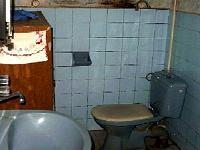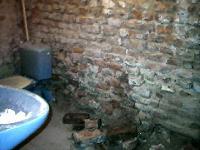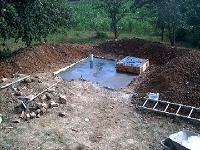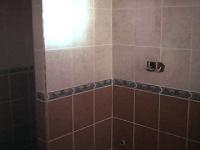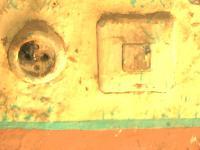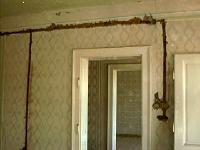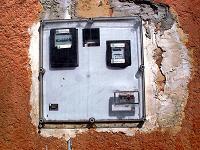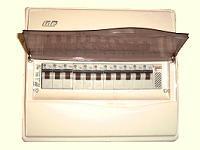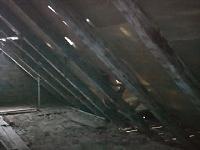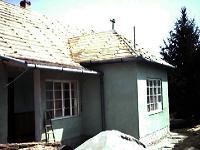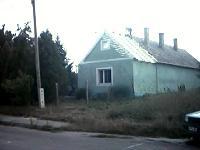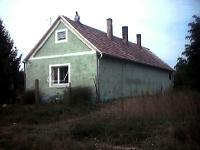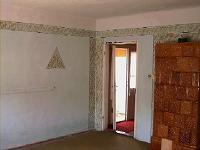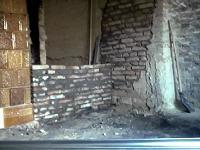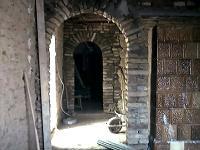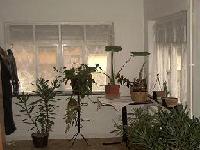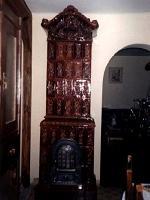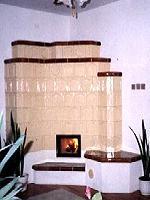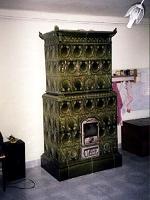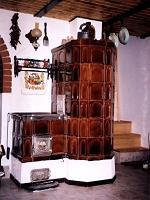|
Magyar Kúria Real Estate Limited with office in Várong, nearby the
thermal bath of
Igal in Hungary, looks at herself not as real estate agent only, but
mostly as service enterprise around the subject real estate, it
doesn't
matter whether used or for construction of your house or vacation-home,
on your own or a by us purchased property, as a vacation-house, or for
living there. On behalf a house in the tourist centres, as for example
Siófok at Lake Balaton we can offer you your own farmhouse
in a for
village tourism interesting settlements, or just a townhouse in
Kaposvár, Pécs or other towns. We will help you
with your cure or
vacation and also if you plan to invest between Balaton and Drava, we
work for you in the komitats Somogy, Tolna and Baranya. For all
questions you can contact our customers
service.
|
 the archives
the archives


